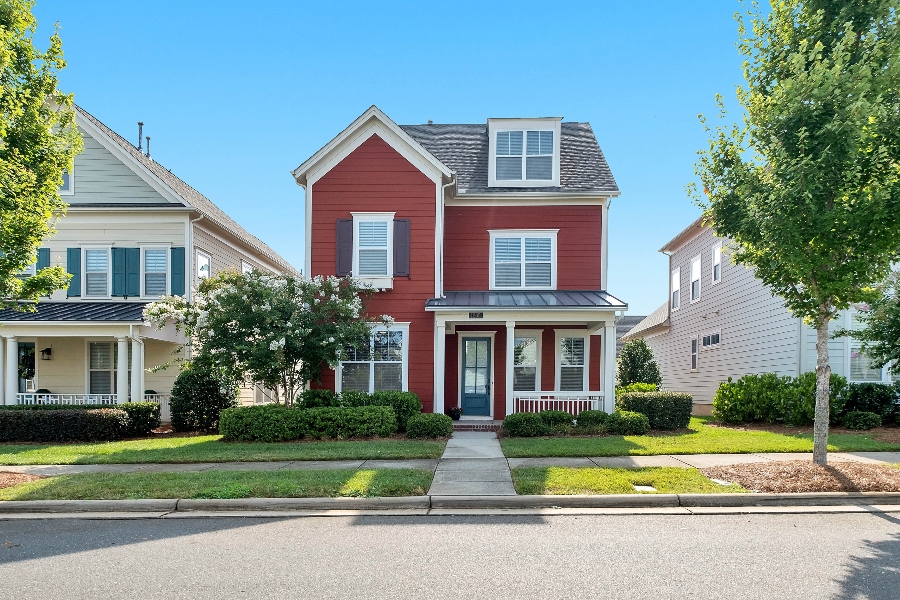The Cost of a Bridge Loan
As a real estate investor, if you’ve found a home that you want to purchase you’ve probably been weighing your mortgage options. Along with the various adjustable- and fixed-rate mortgages, there’s another type of loan: a bridge loan. A bridge loan solves the issue that comes up when a buyer wishes to purchase a new property before the current one sells.
While bridge loans can be helpful, you need to understand what it will potentially cost you and, in this article, we’ll explore the cost of a bridge loan.
Bridge Loan Defined
A bridge loan will meet urgent cash flow needs when cash is required before it’s available. This is a short-term solution that’s typically used while awaiting long-term financing. Businesses can use this financing option for a variety of needs, but consumers typically only use it for real estate transactions.
A bridge loan comes in to “bridge the gap” when a consumer is buying and selling property at the same time.
Average Cost of a Bridge Loan
While it’s true that a bridge loan can help procure a new property before you have the cash from your current one, you will pay for it in the long run. This is because typically the interest rate on a bridge loan is much higher than it is with a conventional loan.
Keeping in mind that rates are likely to vary, we’ll look at what an interest rate that is 2% higher can end up costing you over a standard, fixed-rate loan.
Let’s say that you have a $250,000 loan with a 3% interest rate. You’ll be paying $1,054/month on a conventional loan. However, with a bridge loan that has a 2% higher interest rate, you’ll be paying $1,342/month.
The main reason interest rates on bridge loans are so much higher is because the lender puts shorter terms on the loan. The shorter terms mean that they won’t make money servicing the loan over the long term. They charge more interest to make it worth loaning you the money.
In addition to a higher interest rate, you’ll be required to pay closing costs/fees, just as you would with a conventional mortgage. This includes a title policy, notary services, appraisal fees, administration fees, and potentially others, which your lender will explain when that time comes.
Finally, you’ll also be required to pay an origination fee, which is based on the amount that you’re borrowing. This is typically equal to 1% of the total amount of the loan.
While you may not feel that these fees seem to be that much, keep in mind that a bridge loan is a short-term, temporary solution. You’ll have to pay these fees over again when you obtain a new mortgage to replace the current one when your property sells. This is money out of your profits that you won’t get back.
Conclusion
While it’s true that a bridge loan will allow you to purchase a new property without waiting for your current one to sell- you will pay for the convenience. If you need more assistance with a bridge loan, contact Summit Commercial Capital today. We’ll be happy to guide you through the process.

